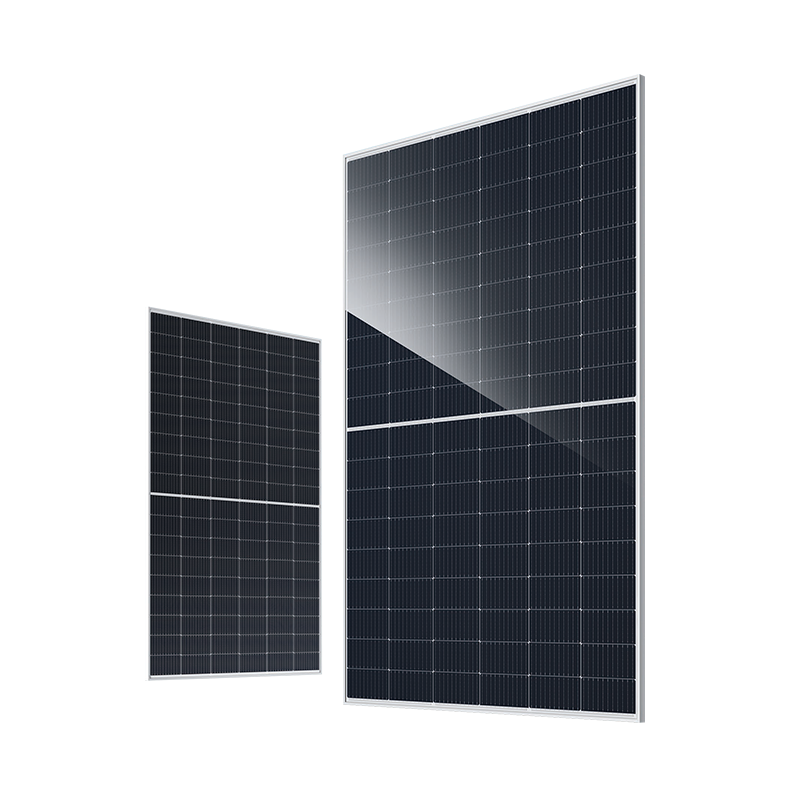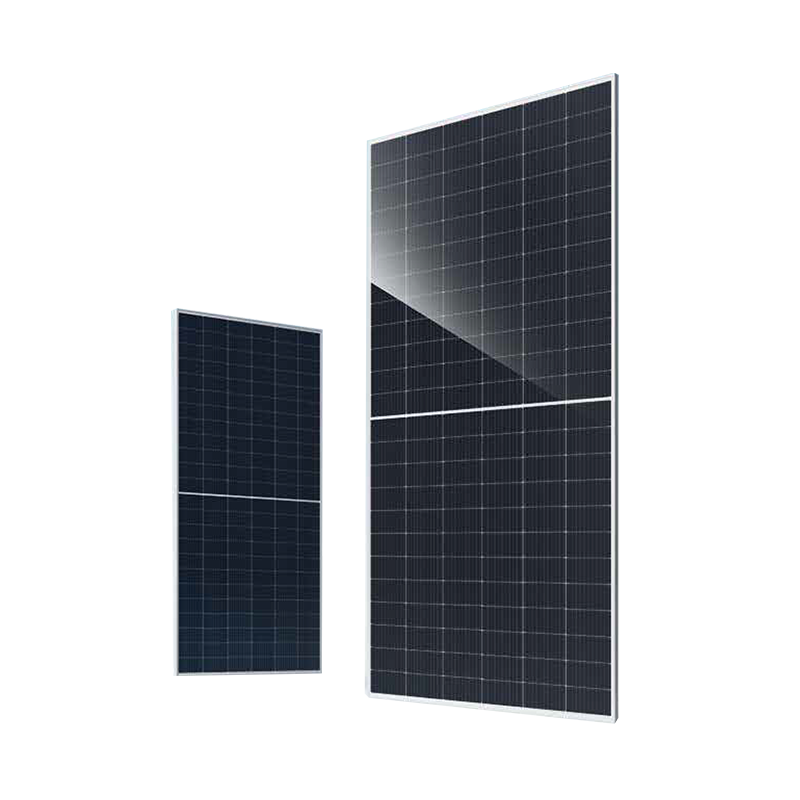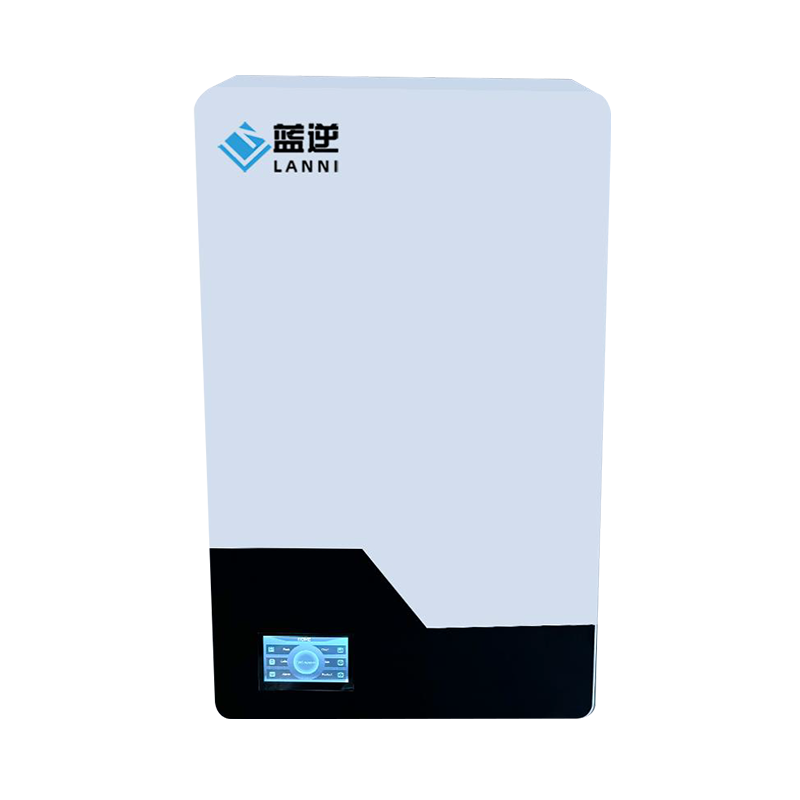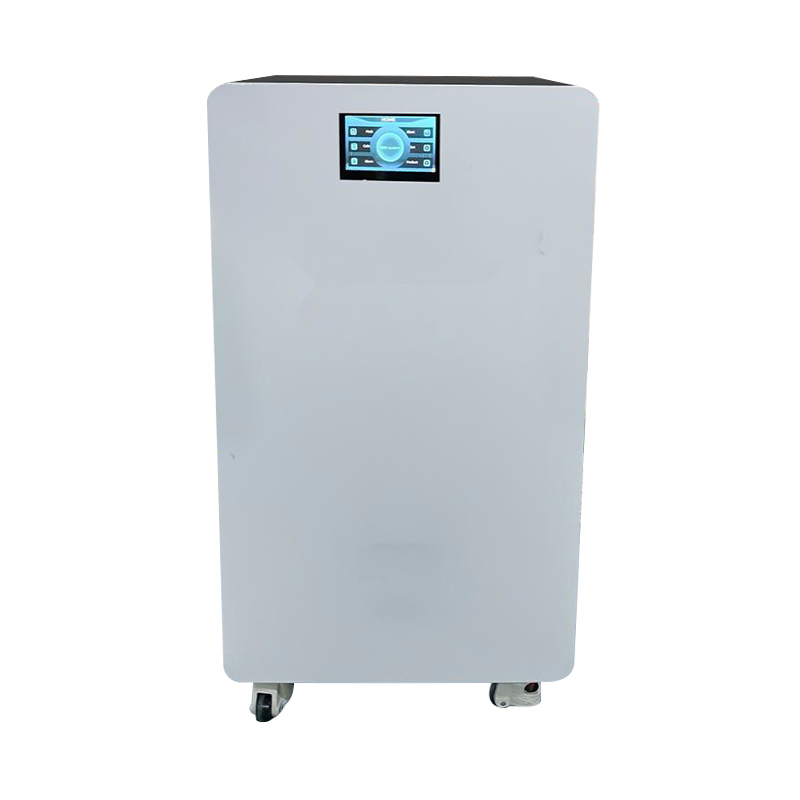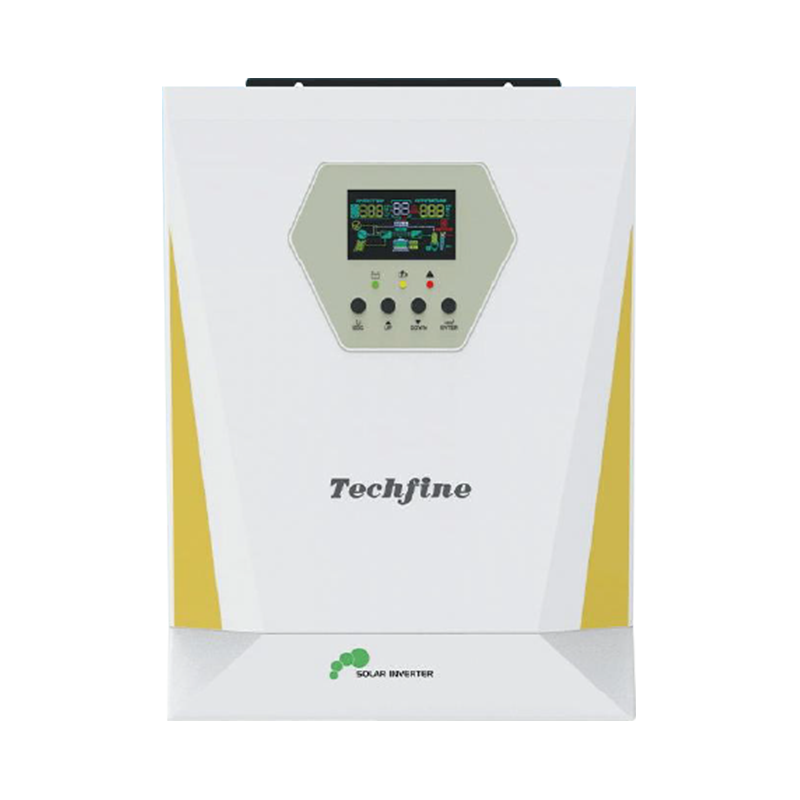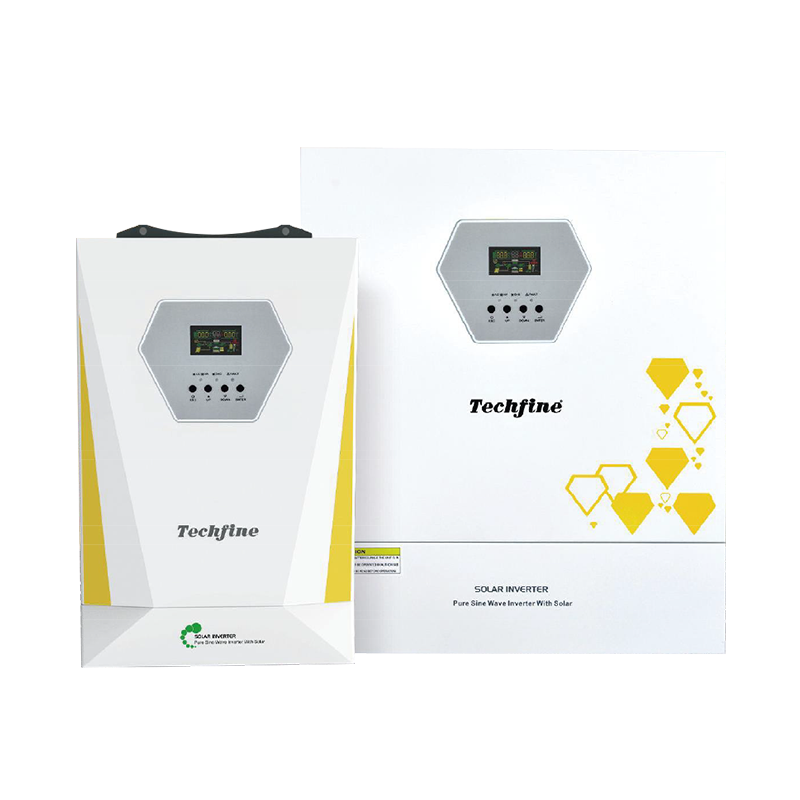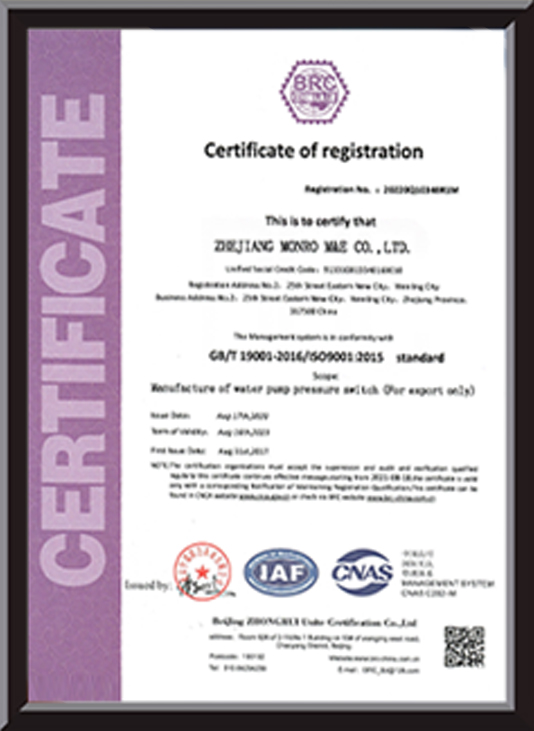We focus on the research and development of high-performance energy storage lithium batteries, empower diversified energy needs with cutting-edge technology, and provide you with safe, efficient and long-life energy storage solutions. The product matrix covers all-scenario applications to meet the refined needs of different fields:
Home energy storage lithium battery
Product features: compact modular design, support wall-mounted/stacked installation; 5-20kWh capacity optional, suitable for photovoltaic self-use, peak-valley arbitrage and other scenarios.
Core advantages: lithium iron phosphate (LiFePO4) battery cells, cycle life ≥ 6000 times; IP55 protection level, UL1973/CE certified, safe and worry-free home electricity use.
Industrial and commercial energy storage lithium battery
Product features: 50kWh-1MWh container system, support demand-side response, backup power supply, and microgrid construction.
Core advantages: 0.5C-1C high-rate charge and discharge, intelligent temperature control system (-30℃~60℃ operation); support SOC balancing management to reduce corporate electricity costs.
Grid-level energy storage lithium battery
Product features: Dedicated to 100MWh-GWh energy storage power stations, providing peak and frequency regulation, new energy consumption, black start and other services.
Core advantages: Ultra-large capacity battery cells above 280Ah, cycle life of more than 8,000 times; support long-term energy storage of more than 4 hours, system efficiency> 92%.
Special field energy storage lithium battery
Product features: Dedicated battery pack for military/ship/polar scientific research, customized voltage platform (24V-1500V).
Core advantages: Shock-resistant/salt spray-resistant/explosion-proof design, meeting MIL-STD-810G military standards; -40℃ low-temperature heating technology, stable operation in extremely cold environments.




 English
English  中文簡(jiǎn)體
中文簡(jiǎn)體  Fran?ais
Fran?ais  ????
???? 















